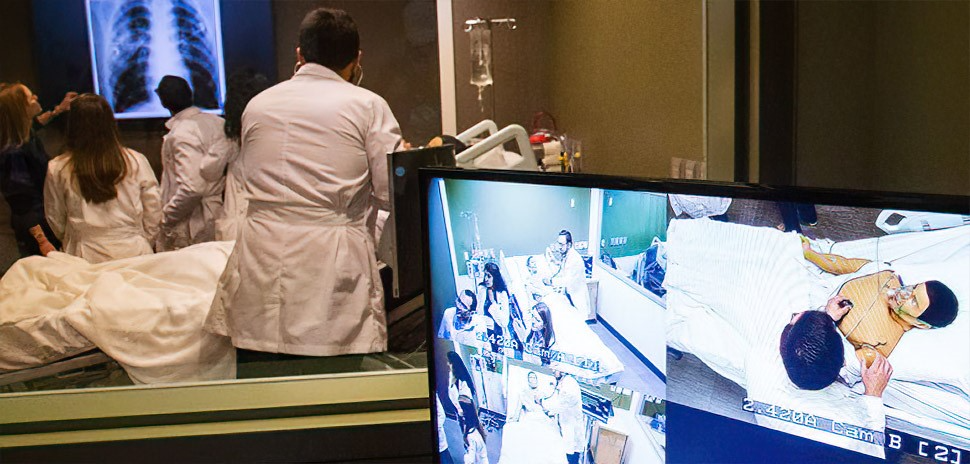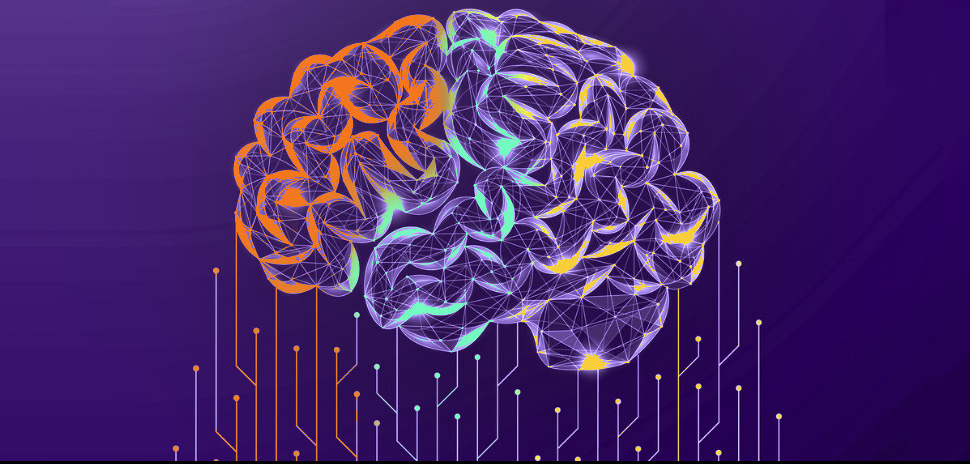John Thompson, executive director at Texas Christian University’s Center for Career and Professional Development and Sue Anderson, TCU associate professor in education technology, talk about what lies ahead for education in 2017, including technology’s role in the classroom, challenges of digital equity, and how schools can better prepare students for the workplace.
In what ways do you think technology has most transformed education?
Anderson: In some ways, technology has not really transformed education in the manner that people had hoped. The extent to which, and the way that it is used really varies by district, school, and even by individual teachers. There are many possible ways it can transform teaching and learning, however.
Technology can help teachers make education more “student-centered” rather than teacher-directed.
On a basic level, it gives teachers more options for presenting information. In addition, since most people can easily access information, technology lessens the need for students to memorize facts. Teachers can focus more on developing skills related to locating, analyzing, evaluating, and using information that students find. Technology also makes it easier for students to do collaborative work and share the work that they do with a wider audience. Technology can help teachers make education more “student-centered” rather than teacher-directed. But many teachers use technology in a way that fits their teaching style, rather than changing their teaching style because of what technology allows them to do differently.
What qualities will the teacher of the future need in an increasingly tech-driven society?

Sue Anderson
Anderson: In order to integrate technology successfully, teachers need to combine their knowledge of content, students, and pedagogy with knowledge of technology. They need to be curious and be willing to try new things. With so many technological choices available, teachers need to have good decision-making skills so that they can select appropriate technology and use it in a way that supports students’ learning of the curriculum. Ideally, it would support students’ learning of topics that are of personal interest to them, but unfortunately, due to the demands of the curriculum, often there is not enough time for that during the school day. It tends to happen outside of school. Teachers who use technology do so when they see it having an impact on students’ learning. But they must also be able to overcome challenges, such as technology not working properly or being distracting instead of engaging.
What are the next steps schools need to take to better prepare students for future careers and/or entrepreneurship?
Anderson: We may need to actually take a step backwards, as schools tend to assume that students are technologically literate and do not provide computer literacy courses. If students are not taking a course, then those skills need to be weaved into the curriculum. That is the ideal situation, but that does not always happen. Students tend to be good with their phones and using social media. But, using a computer is another matter. Ten years ago, most of my college students knew how to use a spreadsheet, now I would say that a third (or less) of them know this. A spreadsheet was one of the first applications of personal computers and it is still incredibly useful.
Another issue that we’ve seen come to the forefront in the last year is the need to critically evaluate the information that is distributed through the internet. With the proliferation of “fake news” or propaganda, which is hard to distinguish from real information, it is extremely important to teach our students to value truth and know how to verify information that they find online as well as in print.

John Thompson
Thompson: There are two important steps schools have to take to prepare students for their future careers, whether the student goes to work with an established employer or start their own venture.
First, schools should provide their students with the skills that employers want from employees. These skills will enable the new employee to be successful in their jobs and make a contribution to their organizations. Fortunately, schools know what employers want. There are annual surveys conducted by various professional organizations that provide this information. For the past few years, the leading skills are: critical thinking and problem solving ability; the ability to be communicate effectively both orally and in writing; and being capable of working in teams and collaborating. Students can obtain these skills with their class assignments and through internships with off-campus employers.
Schools should have entrepreneurial programs that appeal to all majors.
Second, schools need to continually monitor the economy to determine what industries will thrive and which will decline. It is also important to learn what new industries will be in the wave of the future. For instance, automation is going to overwhelm the marketplace and cause seismic shifts in jobs. Amazon is experimenting with cashier-less stores, which when that arrives will impact 3.4 million jobs. Driverless trucks are in the testing phase and when that technology finally evolves and is implemented will impact 1.7 million workers. The impact becomes greater when you consider the number of jobs connected to these two areas and the resultant loss of jobs in those areas. Schools must be able to adapt to change rapidly in order to prepare their students for the challenges of industry change.
Schools should have entrepreneurial programs that appeal to all majors. This will prepare students to seek entrepreneurial opportunities which always accompany industry changes. While the entrepreneurial venture will be born to provide a service or a physical product, the entrepreneur will need to develop the same skills that established employers are seeking, mentioned earlier. Schools should be prepared to provide these tools for their students.
Anything else you’d like to add?
Anderson: Digital equity is another challenge the public schools face. For example, here in Fort Worth, high school students can get a laptop for a small fee, however, not every household has internet access. The computer is not very useful without broadband internet connectivity. In some cases, students might have to go to a restaurant or a library with free Wi-Fi to access the resources they need to study and do their homework. But in some neighborhoods, those facilities are not close by, and some students may not have transportation available to reach them. So, that further disadvantages those students and also makes it difficult for teachers to assign work outside of class that requires internet access.
Delivering what’s new and next in Dallas-Fort Worth innovation, every day. Get the Dallas Innovates e-newsletter.
































